Body Awareness: Why It’s Vital to Your Recovery
August 24, 2025
15 min

Understanding the Power of Body Awareness in Recovery
Body awareness is a foundational yet often overlooked aspect of healing and recovery. It involves tuning into the subtle signals our bodies send—physical sensations, emotional cues, and the intricate interplay between mind and body. From injury rehabilitation and addiction treatment to stress management and mental health, cultivating body awareness offers profound benefits that accelerate healing, improve emotional regulation, and foster long-term well-being. This article explores the science behind body awareness, its critical role in various recovery contexts, and practical strategies to develop this invaluable skill as a pathway to holistic health.
What Is Body Awareness and Why Does It Matter?
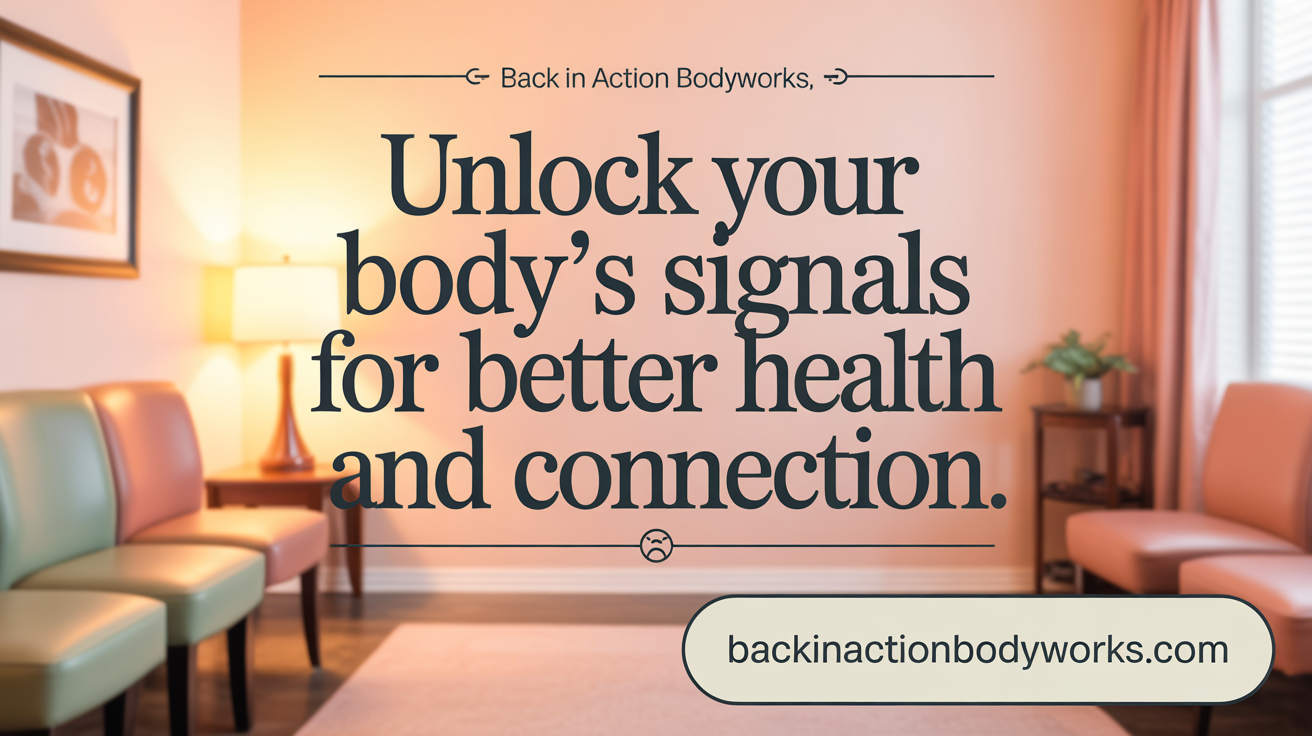
What is body awareness and what are its main components?
Body awareness (BA) is the ability to sense and interpret signals from the body, including sensations from muscles, tendons, joints, and internal organs. It involves three core aspects: proprioception, which is the sense of body parts in space; interoception, which is awareness of internal bodily sensations like heartbeat or hunger; and vestibular awareness, which relates to balance and spatial orientation. Developing BA allows individuals to perceive their physical states more accurately, fostering a deeper connection between mind and body.
This awareness arises from physiological signals sent through receptors that communicate with the brain. These signals are processed consciously or unconsciously, forming an internal map of one’s physical and emotional states. Practices such as mindful breathing, body scan meditation, yoga, tai chi, and somatic exercises can help enhance these sensory perceptions, making BA a skill that can be cultivated over time.
Why is it important to be aware of your body?
Being conscious of your body’s signals is vital because it helps you recognize early signs of stress, discomfort, or injury. For example, muscle tension might indicate emotional distress, while fatigue can signal burnout. Noticing these cues enables proactive responses like rest, relaxation techniques, or seeking medical advice.
Furthermore, body awareness plays a key role in managing emotions. By feeling physical sensations linked to emotional states—such as rapid heartbeat during anxiety—you can better regulate feelings and reduce the risk of overreacting. Enhanced BA supports emotional resilience and self-regulation, essential components for overall mental health.
Connection to stress management and well-being
Chronic stress can diminish body awareness by activating the sympathetic nervous system (SNS), which causes muscle tension and reduces perception of bodily signals. Shutting out internal cues hampers recovery from stress and may lead to health issues like high blood pressure, immune suppression, or chronic pain.
Practicing relaxation techniques that promote the parasympathetic nervous system (PNS), such as yoga, meditation, or progressive muscle relaxation, helps restore balance. These activities deepen BA, reduce muscle tension, and promote a sense of calm. Better body awareness also helps individuals identify triggers early, allowing them to implement coping strategies before stress overwhelms them.
How does body awareness enhance interpersonal communication?
Being attuned to bodily cues improves nonverbal communication and empathy. Recognizing a partner's tense posture or facial expressions can foster understanding and compassionate responses. Improved BA allows individuals to interpret others’ emotions more accurately, strengthening relationships.
Moreover, increased self-awareness helps in setting healthy boundaries and expressing needs clearly. As people become more aware of their internal states, they can communicate more authentically and respond to social cues with greater sensitivity.
| Aspect | Focus | Impact | Example Practices |
|---|---|---|---|
| Components | Proprioception, interoception, vestibular awareness | Deepens sensorimotor understanding | Body scan, mindful breathing |
| Importance | Recognizing physical/emotional states | Supports stress management, resilience | Yoga, tai chi, progressive muscle relaxation |
| Relation to Well-being | Enhances self-regulation, reduces stress | Promotes holistic health | Meditation, sensory grounding techniques |
| Interpersonal Benefits | Recognizing others' cues | Improves communication, empathy | Mindfulness in social interactions |
By actively cultivating body awareness, individuals improve their ability to manage stress, respond to physical and emotional needs, and build more meaningful connections. Whether through dedicated practices or everyday mindfulness, BA remains a foundational skill for health, resilience, and positive relationships.
The Three Pillars of Body Awareness: Proprioception, Interoception, and Vestibular Awareness
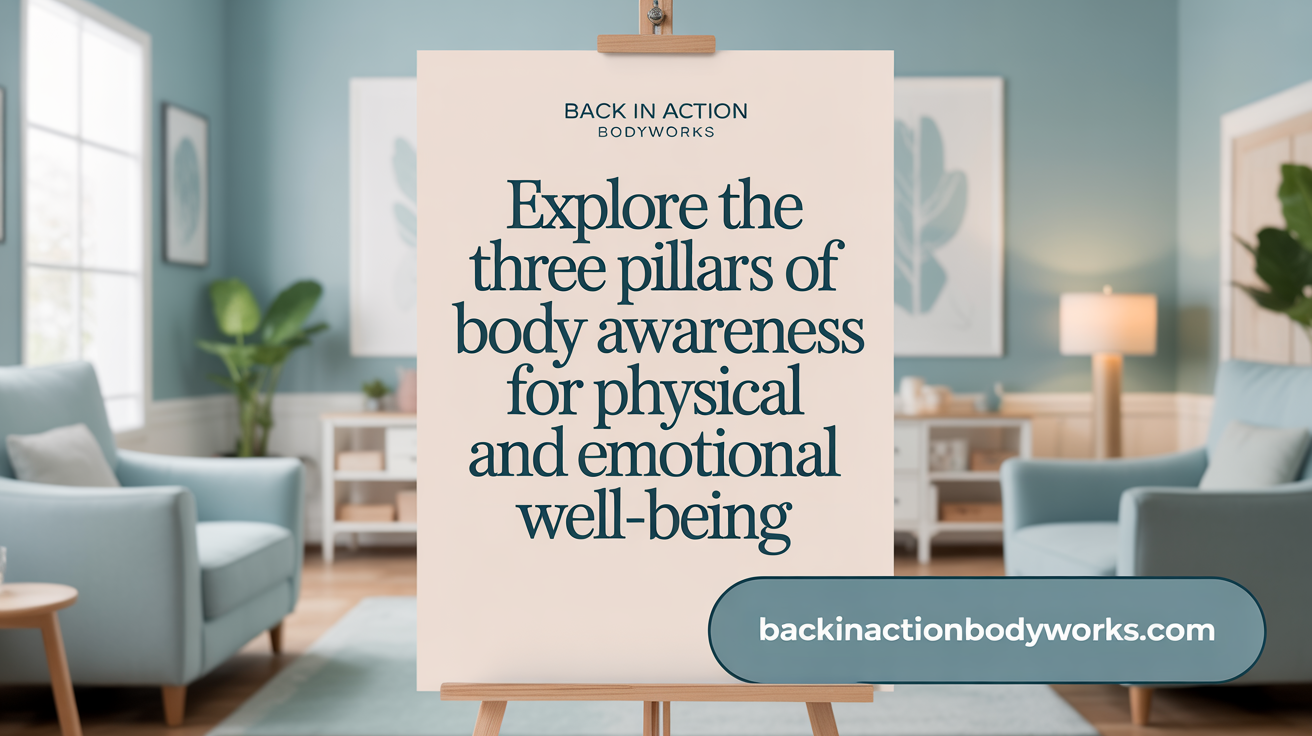
What are the three components of body awareness?
The three components of body awareness are proprioception, interoception, and vestibular awareness.
Proprioception involves the sense of body position and movement, allowing us to perceive where our body parts are without looking. This sense helps coordinate movements and maintain posture.
Interoception pertains to the awareness of internal bodily sensations such as hunger, heartbeat, and internal temperature. It plays a critical role in emotional regulation and understanding physical needs.
Vestibular awareness relates to balance and spatial orientation. It helps us stay upright, maintain stability, and navigate our environment effectively.
Enhancing these components through practices like movement, mindfulness, and somatic exercises supports not only physical health but also emotional resilience. Improved proprioception can lead to better coordination and posture, interoception enhances emotional regulation, and vestibular awareness fosters a sense of balance and confidence.
How does each component support physical and emotional health?
- Proprioception helps prevent injuries by improving movement awareness and posture, which reduces strain and overuse. It also underpins the body's ability to adapt to physical challenges.
- Interoception aids in recognizing signals from the body, such as hunger or stress, enabling timely responses and supporting mental health by reducing anxiety and depression.
- Vestibular awareness contributes to physical stability, reducing dizziness and balance issues, and supports emotional calmness by grounding us in our environment.
Methods to enhance these components through practice
- Proprioception: Engage in balance exercises like standing on one leg, yoga, tai chi, and resistance training.
- Interoception: Practice mindfulness meditation, body scans, and deep breathing exercises to tune into internal signals.
- Vestibular awareness: Use balance training, spinning, rocking, and gentle movements that challenge your sense of spatial orientation.
Regularly integrating these practices into daily routines can strengthen body awareness, leading to improved posture, better emotional regulation, and a more resilient, healthy body-mind connection.
Body Awareness as a Catalyst for Healing and Recovery
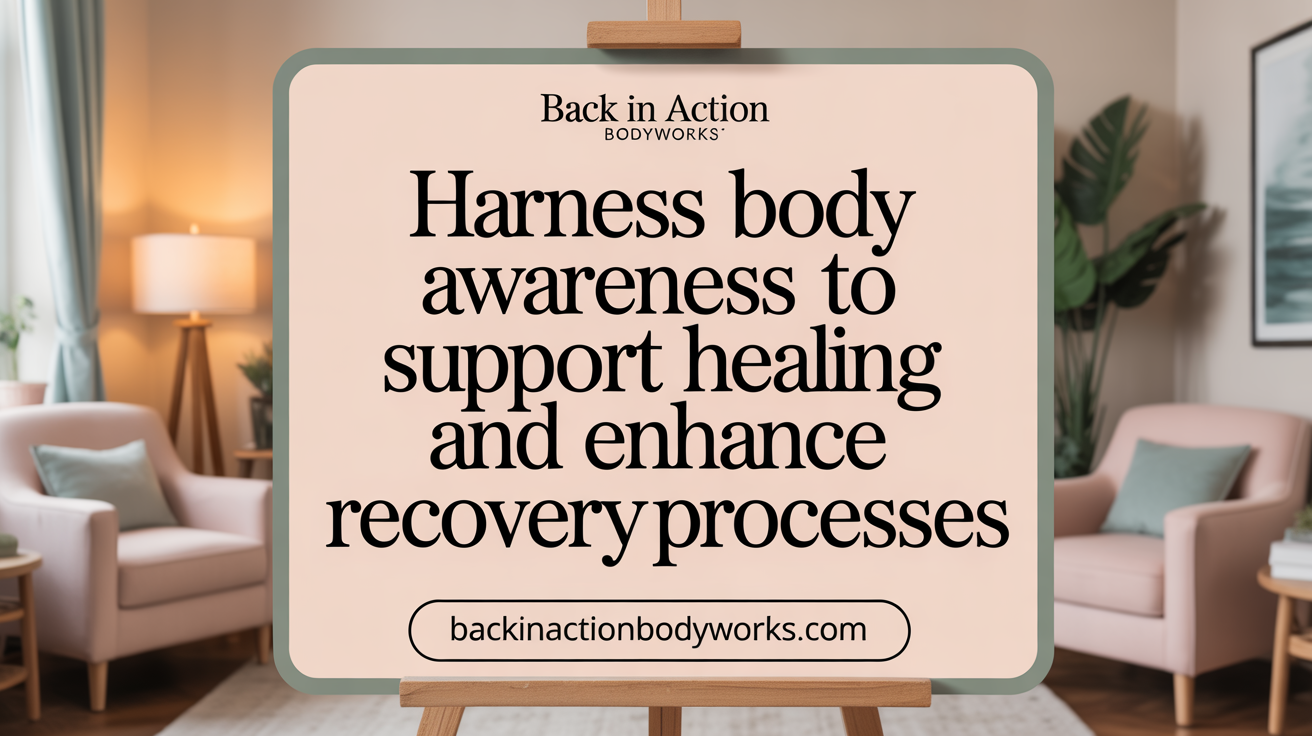
How does body awareness contribute to recovery and healing processes?
Body awareness plays a crucial role in the journey toward recovery from injuries, trauma, and even chronic conditions. It involves consciously tuning into physiological signals from muscles, tendons, joints, and internal organs, which helps individuals recognize early signs of strain, discomfort, or stress. This heightened perceptiveness allows for timely intervention, preventing minor issues from escalating into serious injuries.
Furthermore, body awareness fosters emotional regulation by promoting a deeper understanding of how stress and trauma manifest physically. Practices like mindfulness, yoga, and somatic therapies enable individuals to activate the parasympathetic nervous system—often referred to as the body's rest-and-digest mode—thus lowering physiological stress markers like cortisol and adrenaline. This calming effect supports the nervous system's ability to reset, which is vital during the healing process.
In people recovering from a stroke, impairments in body awareness—especially in perceiving limb position and movement—are common barriers to rehabilitation. Addressing these deficits through targeted therapies can significantly improve motor skills, coordination, and the overall recovery trajectory. Enhancing body awareness through neurorehabilitative approaches enables patients to re-establish sensory-motor pathways, facilitating neuroplasticity—the brain’s ability to reorganize itself—and improving functional outcomes.
In addiction treatment, body awareness helps individuals reconnect with internal sensations, which is often disrupted by substance use tendencies to dull or disconnect from bodily signals. Techniques like Mindful Awareness in Body-oriented Therapy (MABT) teach interoceptive skills, allowing users to recognize emotional cues and physical stress signals early enough to employ coping strategies. Such skills have been shown to reduce relapse rates by strengthening self-regulation capabilities.
Overall, cultivating body awareness supports a holistic approach to health—integrating physical, emotional, and cognitive processes. It empowers individuals to manage stress effectively, prevent injuries, and sustain recovery by fostering resilience, self-compassion, and a comprehensive understanding of their body-mind connection. This embodied understanding is essential for healing from trauma, managing chronic pain, and achieving long-term well-being through a whole-person lens.
Understanding Triggers, Emotional Regulation, and Personal Growth Through Body Awareness
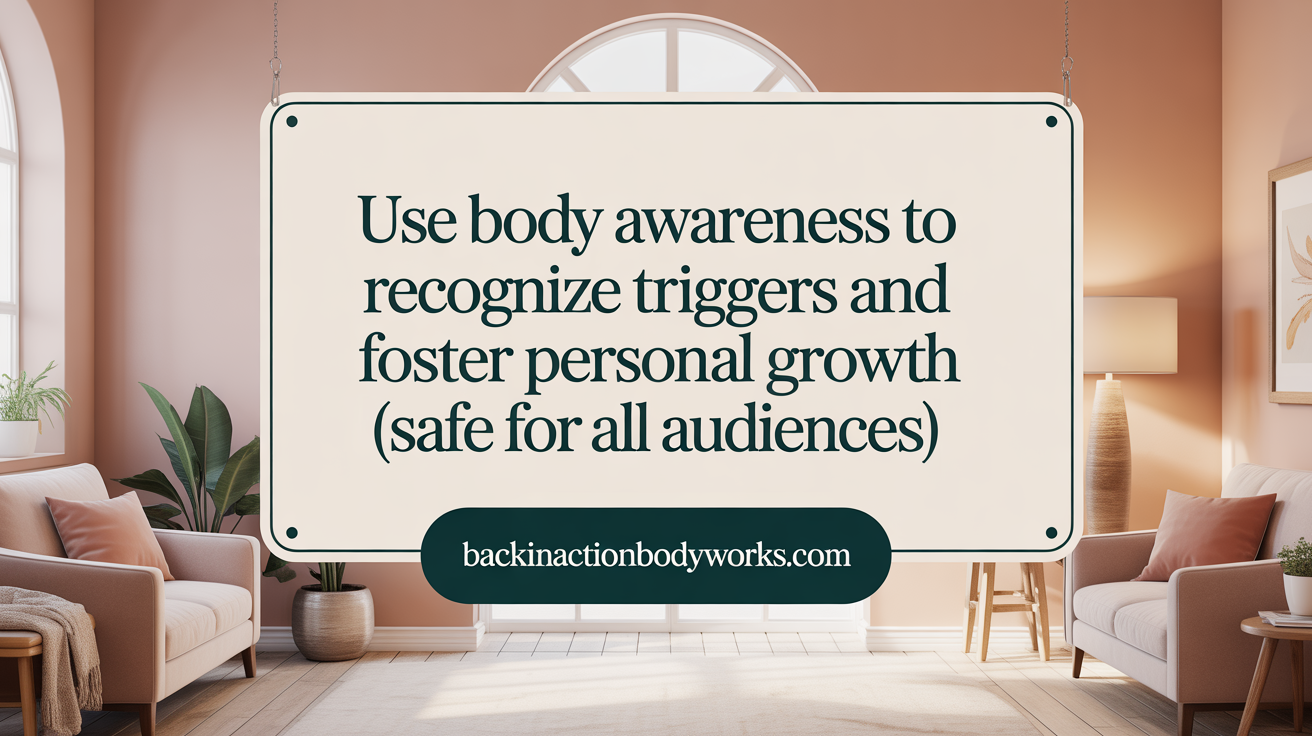
How does body awareness help with understanding triggers, emotional regulation, and personal growth?
Body awareness is an essential tool for recognizing and managing emotional and physical triggers. When individuals develop sensitivity to internal sensations—such as tense muscles, rapid heartbeat, or discomfort—they become more attuned to early signs of stress or emotional upheaval. This heightened perception enables them to identify internal triggers before they escalate into full-blown reactions.
Practices like mindfulness meditation, body scanning, yoga, tai chi, and somatic exercises cultivate this sense of internal awareness. These techniques teach individuals to observe sensations without judgment, creating a mental space that allows for conscious choice in how to respond. As a result, people can shift from reactive to proactive responses, reducing impulsive behaviors driven by unrecognized triggers.
Enhanced body awareness also supports emotional regulation by strengthening the connection between body and mind. When individuals understand how emotions manifest physically, they can employ calming strategies—such as deep breathing or progressive muscle relaxation—to soothe distress. Over time, this process improves resilience, making it easier to handle stress and adverse emotions.
Furthermore, increased self-awareness fosters personal growth. Recognizing patterns in bodily responses and emotional reactions helps individuals understand their character, motivations, and needs more clearly. This inward insight promotes acceptance and compassion towards oneself, paving the way for self-improvement and holistic healing.
By integrating body awareness into daily routines, individuals gain a powerful capacity to navigate life's challenges. They become more mindful of their internal states, better equipped to regulate emotions, and more resilient in the pursuit of personal development and well-being.
More information: Searching for
Bringing Body Awareness into Practice: Techniques that Support Recovery
What practical techniques and exercises can improve body awareness for health and recovery?
Developing a strong sense of body awareness is vital for healing, managing chronic conditions, and supporting mental health. Several practical techniques can help individuals deepen their connection with their body, leading to better health outcomes.
One highly effective method is mindful yoga. This practice combines gentle movements with full attention to bodily sensations, breath, and emotional states. During yoga sessions, focusing on the sensations in different muscles and joints, and observing how they respond during various poses such as Mountain, Warrior, or Savasana, can enhance proprioceptive and interoceptive awareness.
Another cornerstone of body awareness training is body scan meditation. This exercise involves systematically directing attention to different parts of the body, from toes to head, noticing sensations without judgment. It encourages acceptance of physical feelings and facilitates emotional regulation by fostering a non-reactive awareness.
Proprioception drills—activities designed to improve the sense of body position and movement—are also beneficial. These include exercises like balancing on one foot, slow, controlled movements, or using balance boards. These activities strengthen neural pathways involved in body schema and spatial orientation.
In addition to movement-based practices, integrating breath awareness with relaxation techniques amplifies benefits. Techniques such as diaphragmatic breathing or conscious respiration exercises train individuals to use breath as a tool for calming the nervous system, reducing stress, and sharpening focus.
Many of these practices support neuroplasticity—the brain's ability to reorganize itself. By repeatedly engaging in mindful attention to the body, neural pathways related to sensory processing and emotional regulation become more robust. This neural adaptation enhances resilience, helps to alleviate chronic pain, and improves mood.
Regularly practicing these techniques creates sustained changes that facilitate holistic healing. As the connection between the mind and body strengthens, individuals often experience increased emotional stability, greater pain tolerance, and better overall well-being. These methods are accessible, adaptable, and effective for individuals at any stage of recovery or health management.
The Science of Interoception: The Body’s Internal Compass
What is interoception and how does it impact health outcomes?
Interoception is the process by which our nervous system detects, interprets, and integrates signals coming from inside the body. It acts as an internal compass, informing us about our physiological states such as heartbeat, hunger, respiration, temperature, and visceral sensations. These internal cues are vital for maintaining homeostasis—the body's balance—and supporting overall health.
Neurologically, interoception involves multiple brain regions, including the thalamus, insula, and cerebellum. The insula, in particular, plays a central role in processing internal bodily signals and creating the subjective experience of bodily states. Effective interoception depends on the integrity of sensory pathways in muscles, tendons, and organs that send these signals to the brain.
When interoception functions well, it enhances emotional regulation, decision-making, and self-awareness. Conversely, impairments in interoceptive processing can contribute to mental health issues such as anxiety, depression, eating disorders, and post-traumatic stress disorder (PTSD). Poor interoceptive awareness can cause individuals to misinterpret or ignore bodily signals, leading to maladaptive behaviors and chronic health problems.
Research shows that interventions like Mindful Awareness in Body-oriented Therapy (MABT) can improve interoceptive skills, which in turn helps regulate emotions, reduce craving and stress, and support recovery from trauma and addiction. By strengthening one's internal sensory awareness, individuals are better equipped to manage their mental health, respond to bodily needs, and foster resilience.
Overall, understanding and enhancing interoception holds significant promise for improving both physical and mental health outcomes, making it a critical target for therapeutic practices and neuroscience research.
Mindful Awareness in Body-oriented Therapy: A Breakthrough in Addiction Recovery
Overview of MABT approach and its neuroscience basis
Mindful Awareness in Body-oriented Therapy (MABT) is an innovative approach grounded in neuroscience, aiming to enhance interoceptive awareness—the conscious perception of internal body signals. This therapy emphasizes teaching individuals how to tune into their bodily sensations, such as heartbeat, breath, and muscle tension, fostering a deeper connection between mind and body. The process involves education, manual techniques, mindfulness practices, and psycho-educational components to help clients access and interpret bodily signals. Neuroscientifically, MABT targets key brain regions like the insula, thalamus, and cerebellum, which are integral to body awareness and emotional regulation. Enhancing functioning in these areas through repeated practice can lead to improved self-regulation, stress management, and overall emotional well-being.
Evidence from research studies on efficacy with substance use disorders
Research from the University of Washington and other credible sources demonstrates the effectiveness of MABT in supporting individuals with substance use disorders (SUD). In a notable study, 187 women undergoing addiction treatment received MABT alongside their existing programs. Participants engaged in one-on-one coaching sessions that focused on developing interoceptive skills through education, touch, and mindfulness exercises.
Data collected at multiple intervals—initially, then at 3, 6, and 12 months—showed significant and lasting improvements in several areas. Women who participated in MABT reported decreased rates of relapse, better emotion regulation, and increased mindfulness skills. The intervention effectively helped them build resilience by fostering a more attuned awareness of internal cues and stress signals, which are often triggers for relapse.
Improvements in emotional regulation, relapse prevention, and self-care skills
One of the most profound benefits of MABT is its impact on emotional regulation. By enhancing interoceptive awareness, individuals gain tools to recognize early signs of emotional distress, enabling proactive responses rather than impulsive reactions. Participants learned to identify bodily signals associated with cravings or stress, which allowed them to implement self-care strategies, such as deep breathing or grounding exercises, to manage these triggers.
Furthermore, the practice promoted self-compassion and mindfulness, which are crucial for recovery. Women reported feeling more empowered to care for themselves and less overwhelmed by emotional upheavals. The skills acquired through MABT are not only instrumental in reducing relapse but also foster a stronger sense of self-efficacy and holistic well-being.
| Aspect | Description | Impact |
|---|---|---|
| Neuroscience Basis | Targets insula, thalamus, cerebellum to improve interoception | Enhances emotional regulation and resilience |
| Effectiveness in SUD | Reduces relapse, improves emotion regulation, mindfulness | Lasting behavioral and emotional benefits |
| Practical Benefits | Boosts self-care, stress management, and body awareness | Better overall recovery and well-being |
By integrating body awareness with mindfulness and psychoeducation, MABT offers a promising pathway for transforming addiction treatment. Its scientific foundation and proven benefits underscore its potential as a standard complementary therapy in recovery programs, fostering healthier lives through greater mind-body harmony.
Holistic Recovery: Integrating Mind, Body, and Environment
Why is it important to consider the whole body and mind in health care?
Traditional health care often focuses on isolated parts such as muscles or bones. However, a more holistic approach recognizes that the body's systems are interconnected. By understanding how mental and physical states influence each other, treatment becomes more effective. Developing body awareness allows individuals to better detect early signs of discomfort or strain, promoting proactive care and preventing injuries.
How do stress and the balance between the sympathetic and parasympathetic nervous systems affect healing?
Stress activates the sympathetic nervous system (SNS), often called the 'fight-or-flight' response, which leads to muscle tension and decreased awareness of bodily sensations. This heightened state can hinder recovery by disrupting homeostasis, slowing healing processes, and negatively impacting immune function. Practices that activate the parasympathetic nervous system (PNS)—like yoga, meditation, and deep breathing—help promote relaxation, reduce stress hormones like cortisol, and support the body's natural healing capacity.
What are some practices that support body awareness and relaxation?
Engaging in activities such as yoga, tai chi, meditation, and progressive muscle relaxation can significantly boost body awareness. These practices activate the PNS, helping to calm the nervous system and improve overall resilience. Regular participation can reduce muscle tension, enhance posture, and foster a better understanding of bodily signals, which is essential during injury recovery.
How does strengthening body awareness support long-term wellness and prevent injuries?
By cultivating a mindful connection with their body, individuals gain tools to make informed choices about rest, activity, and seeking medical help when needed. Increased awareness encourages healthy habits like maintaining proper posture and managing stress, which can prevent both acute and chronic injuries. Moreover, a stronger mind-body connection helps sustain emotional well-being and readiness to adapt to bodily changes, promoting resilience and ongoing health.
| Aspect | Benefit | Method | Additional Details |
|---|---|---|---|
| Body awareness | Early injury detection | Mindful practices, body scan | Noticing muscle tension, discomfort |
| Stress management | Improved healing | Yoga, meditation | Reduces cortisol levels, relaxes muscles |
| Posture correction | Injury prevention | Mindful movement, ergonomic habits | Avoids strain on muscles/joints |
| Emotional resilience | Better recovery | Breathwork, tai chi | Enhances stress coping skills |
Sustaining Recovery and Well-being Through Self-Awareness and Supportive Practices
How does self-awareness help in recognizing triggers and managing relapse?
Self-awareness serves as a vital tool in identifying early warning signs and triggers that could lead to relapse. By regularly tuning into internal cues such as stress, emotional discomfort, or physical sensations associated with cravings, individuals can act proactively. This ongoing self-monitoring enables the recognition of environmental, emotional, or social cues that might prompt substance use. Once aware of these triggers, individuals can develop tailored strategies such as mindfulness, breathing exercises, or reaching out for support, reducing the likelihood of falling back into old habits.
What therapeutic approaches like CBT, DBT, and mindfulness techniques support recovery?
Cognitive Behavioral Therapy (CBT) and Dialectical Behavior Therapy (DBT) are evidence-based therapies that enhance self-awareness by teaching individuals to recognize thought patterns and emotional responses. These therapies help create trigger maps and develop coping strategies to navigate high-risk situations. Additionally, mindfulness practices—such as breath awareness, body scanning, and meditation—encourage present-moment attention to bodily sensations and thoughts without judgment. These techniques foster emotional regulation, reduce impulsivity, and build resilience, making them essential in supporting long-term recovery.
How can building resilience, emotional intelligence, and accountability reinforce recovery?
Strengthening resilience involves developing emotional intelligence—understanding and managing emotional responses—and fostering self-accountability. Reflective practices like journaling, self-checks, and therapy sessions promote honest self-evaluation, helping individuals recognize their strengths and areas for growth. This self-knowledge nurtures accountability, encouraging responsible decision-making and honest communication with support networks. Over time, these skills bolster confidence, reduce shame, and create a solid foundation for sustained sobriety, even when faced with stressors.
What daily habits and community support contribute to ongoing recovery?
Establishing consistent daily habits—such as mindfulness meditation, journaling, and participation in recovery groups—plays a crucial role in maintaining self-awareness and resilience. These practices help individuals stay present, monitor emotional well-being, and proactively address challenges. Community support through peer groups, therapy, and structured programs like Ikon Recovery Center offers social reinforcement and encouragement. Together, these routines and networks create a supportive environment conducive to continuous growth, preventing relapse, and fostering long-term health and well-being.
Embracing Body Awareness for Lasting Recovery
Cultivating body awareness is not merely a recovery tactic but a lifelong journey toward wholeness and resilience. By deepening the connection between body and mind through scientific practices and mindful attention, individuals unlock powerful tools for healing from injury, trauma, and addiction. The integration of body awareness enhances emotional regulation, prevention of relapse, and supports personal growth. Emerging therapeutic methods like Mindful Awareness in Body-oriented Therapy underscore the transformative potential of tuning into internal sensations. Ultimately, embracing body awareness empowers each person to navigate life's challenges with greater clarity, compassion, and strength, fostering not only recovery but a vibrant, balanced well-being throughout life.
References
- Harnessing the Power of Body Awareness for Injury Recovery
- The importance of recovering body awareness in post-stroke ...
- Feeling to Heal: Mindful Awareness Training Shows Outcomes for ...
- The Importance of Self-Awareness in Sustaining Recovery
- Interoceptive Awareness is Important for Relapse Prevention
- Ultimate Guide to Self-Awareness in Recovery
- 5 Reasons Caring for Your Body Supports BFRB Recovery
- The Body's Role in Recovery - Number Analytics
- Body Awareness | Achieving Balance Between Mind & Body
Recent articles

Simple Lifestyle Adjustments to Maintain a Healthy Spine

Personalized Nutritional Counseling for Improved Health Outcomes

Exploring Non-Surgical Treatments for Spine-Related Conditions

An Introduction to Spinal Decompression for Sciatica Patients

Transformative Success Stories: Patient Experiences with Chiropractic Treatments
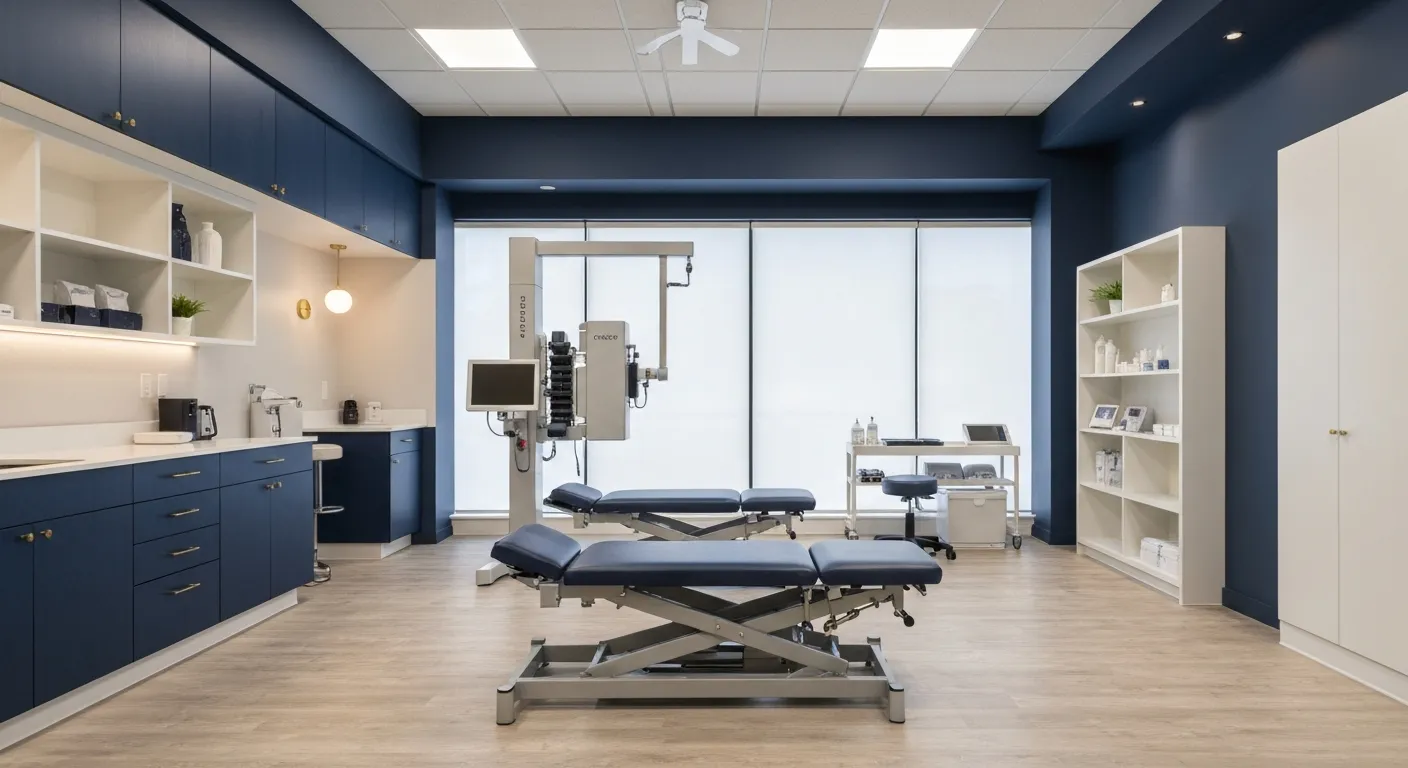
Why Chiropractic Care Is Essential for Back Pain Relief

Addressing Underlying Causes Versus Symptom Management in Pain Care

The Role of Nutrition in Enhancing Chiropractic Treatment Effectiveness

Sciatica Treatment Options: Is Spinal Decompression Right for You?

Lifestyle Tips to Maintain a Healthy Spine and Prevent Back Issues

The Synergy Between Physiotherapy and Chiropractic Treatments

What Happens During Your Initial Chiropractic Consultation
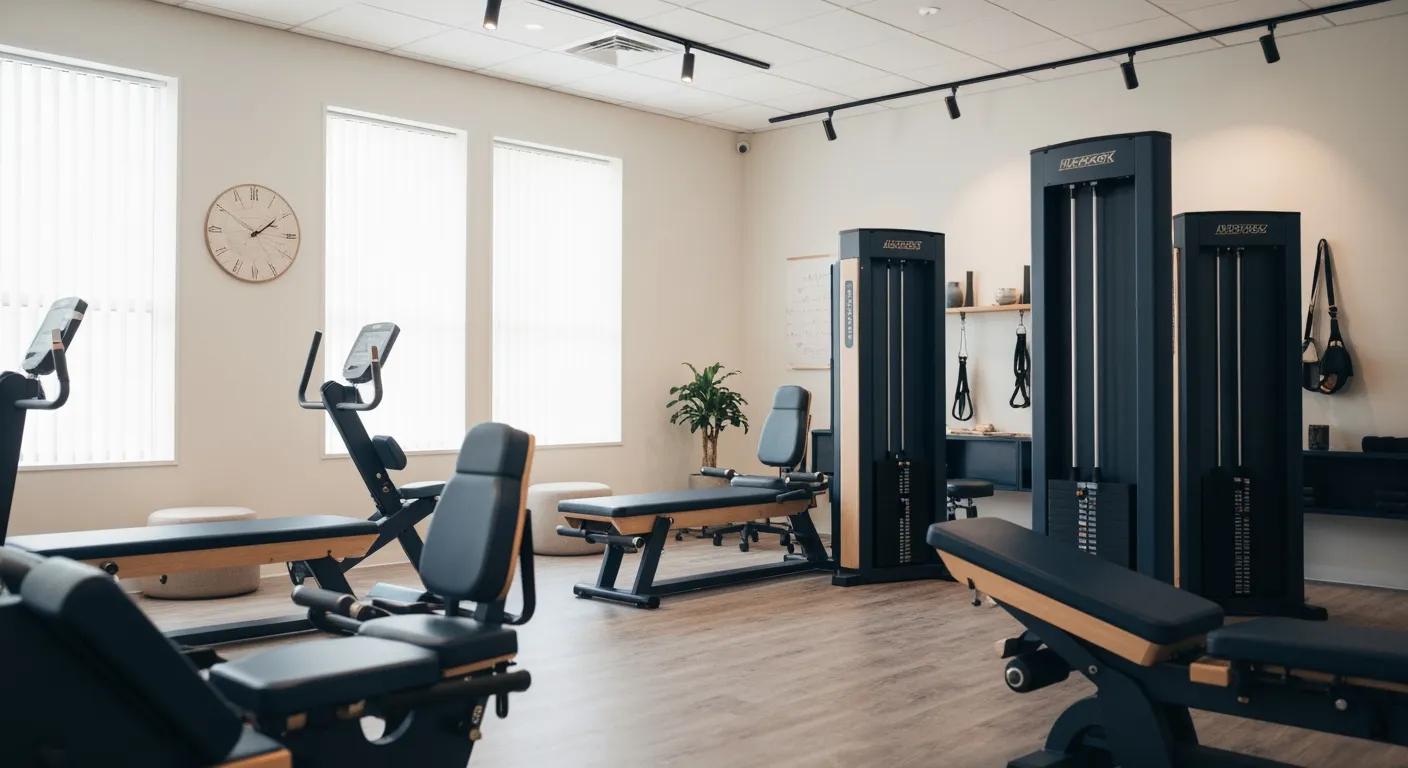
Effective Corrective Exercises for Sustainable Pain Management

Taking a Root Cause Approach to Chronic Pain Management

Holistic Pain Management Techniques Without Surgery

How Patient Success Stories Validate Chiropractic Care Benefits

Spinal Decompression: Innovative Treatment for Sciatic Nerve Pain
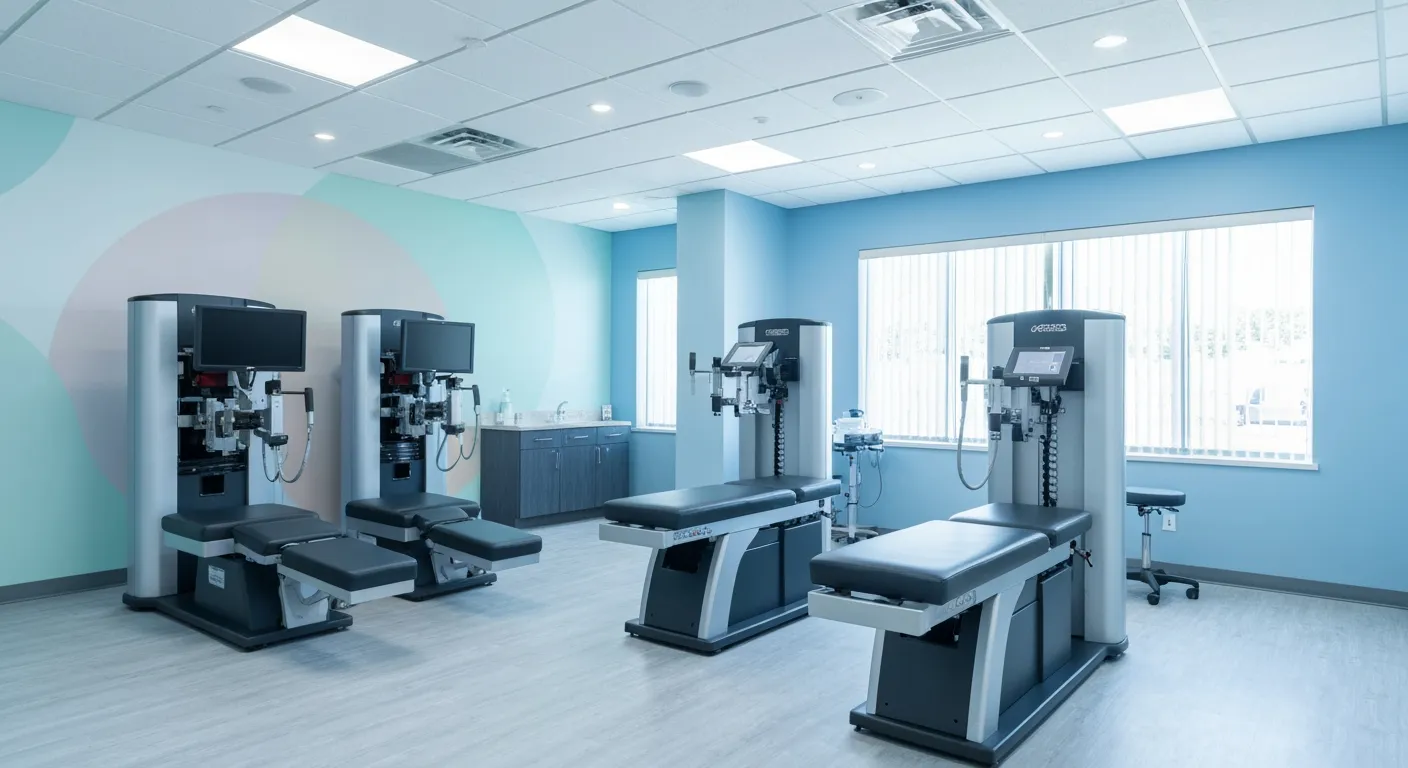
Spinal Decompression Therapy: A Non-Invasive Approach to Sciatica Relief

Exploring Holistic Approaches Beyond Surgery for Pain Relief

Practical Lifestyle Advice to Support a Healthy Spine Every Day

Corrective Exercise Routines Designed for Long-Term Pain Prevention
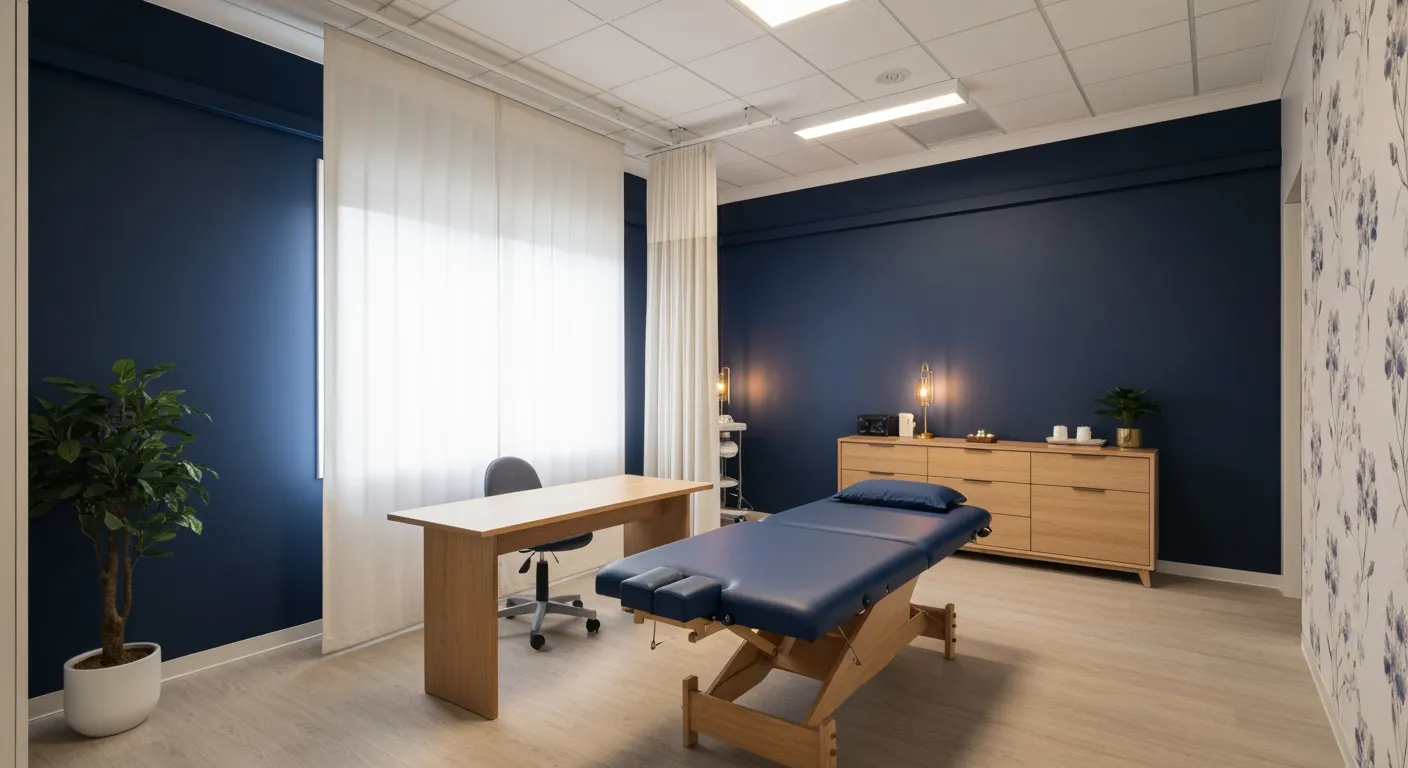
Real Patient Stories: Overcoming Chronic Pain with Chiropractic Care

Lifestyle Changes That Promote a Healthy Spine and Prevent Injury

How Addressing the Root Cause of Pain Leads to Lasting Relief

Non-Surgical Holistic Therapies to Manage Chronic Pain Effectively

Nutritional Counseling's Impact on Physical Health and Healing

Benefits of Regular Chiropractic Care for a Stronger Back

Your First Chiropractic Visit: What to Expect and How to Prepare

Patient Experiences: How Chiropractic Care Transformed Their Lives
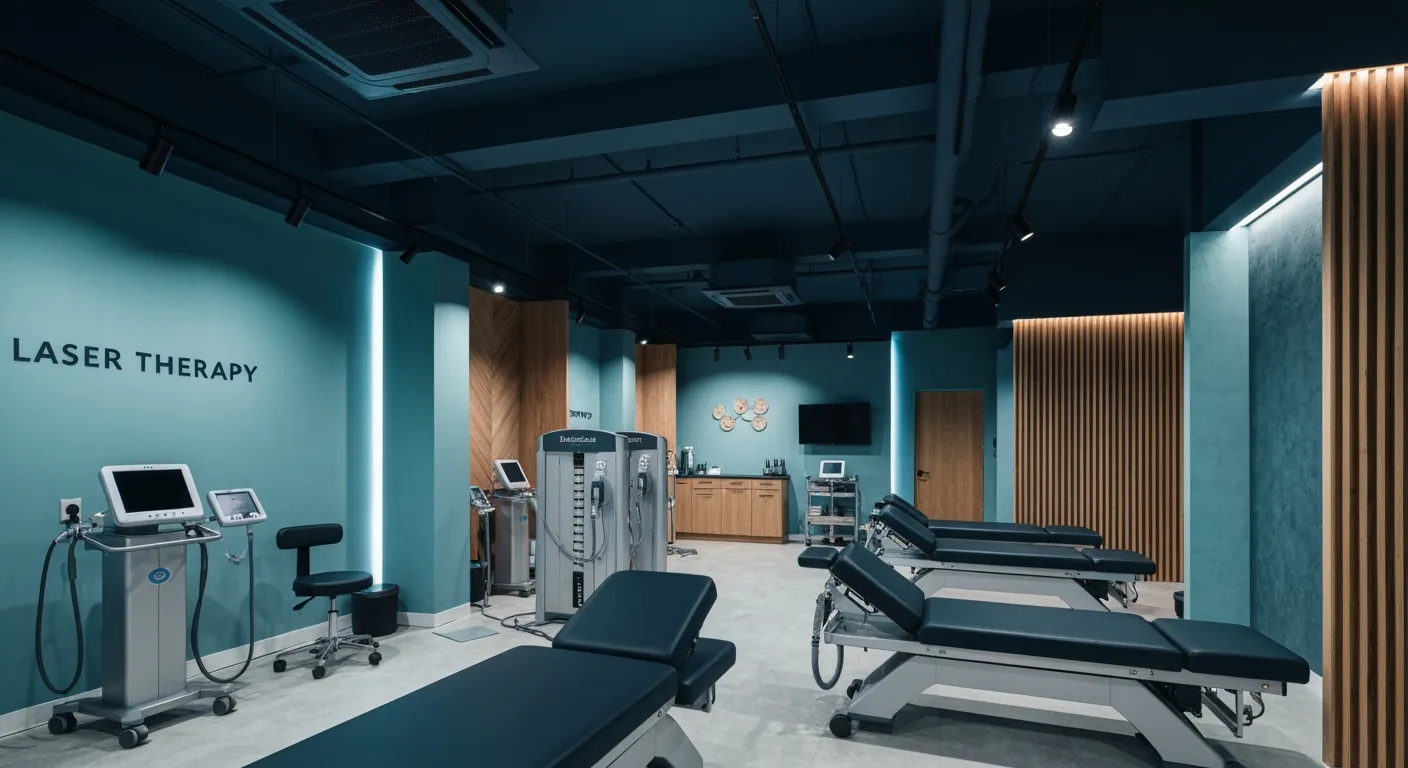
Exploring Holistic, Non-Surgical Options for Pain Management

Combining Physiotherapy with Chiropractic Treatments for Enhanced Recovery

Holistic Treatments That Offer Alternatives to Surgery for Pain Relief

Corrective Exercise Strategies for Long-Term Spine Health
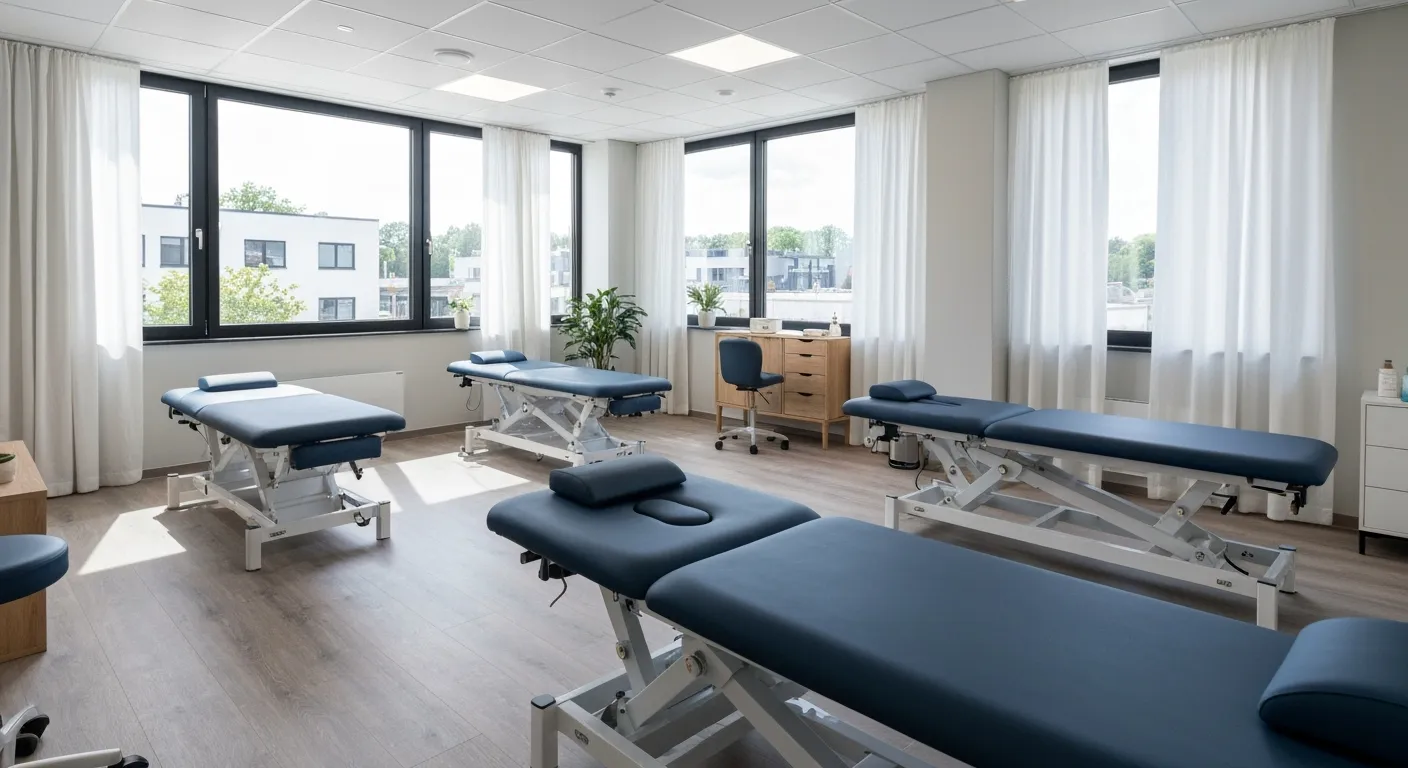
How Physiotherapy Complements Chiropractic Adjustments for Better Outcomes

First-Time Chiropractic Visitors: What You Should Know

Understanding the Importance of Treating Pain at Its Source

Adopting Lifestyle Changes to Support Your Spine's Wellness

Utilizing Physiotherapy to Enhance Chiropractic Treatment Outcomes

The Key Advantages of Chiropractic Care for Back Pain Sufferers

Why Focusing on Root Causes Improves Pain Treatment Success

Corrective Exercises That Promote Lasting Pain Relief and Mobility
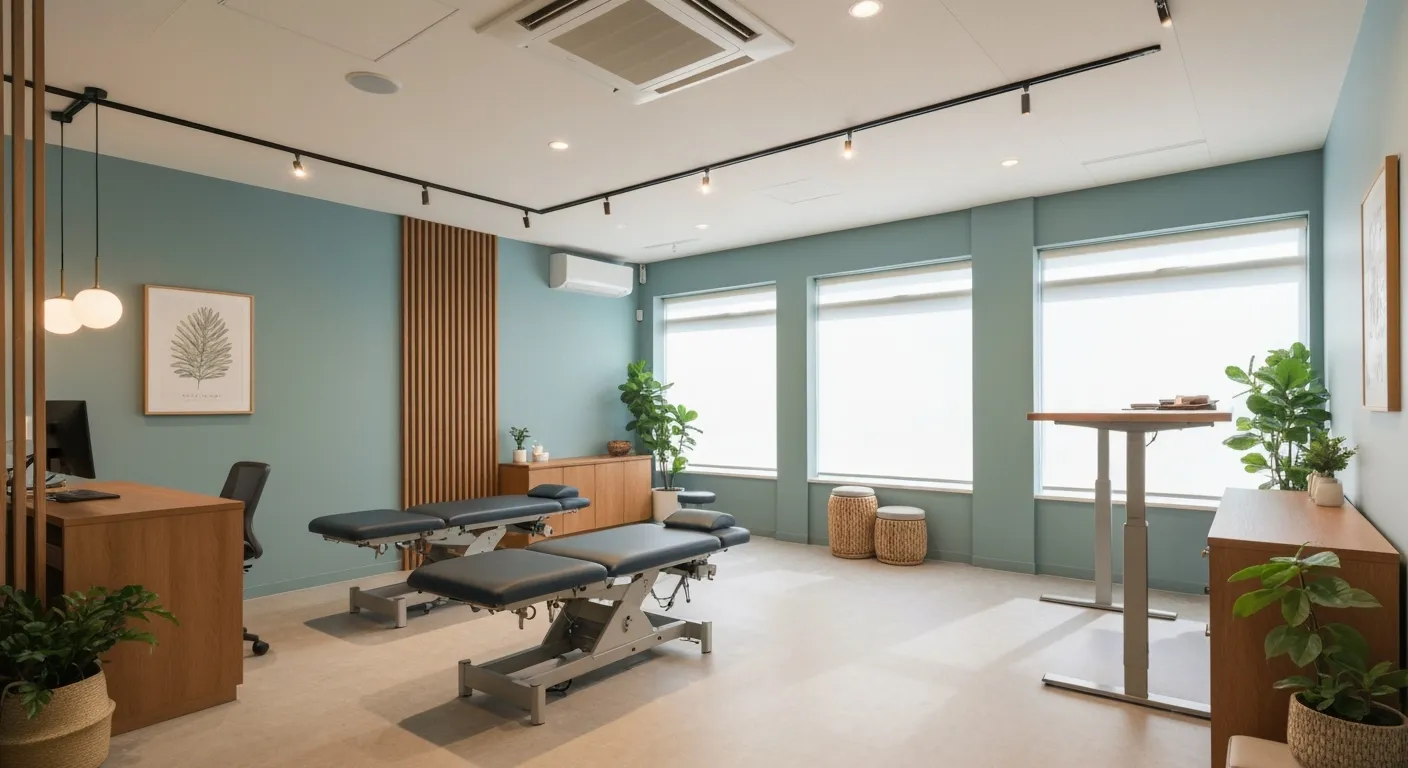
Sciatica Relief Through Targeted Spinal Decompression Techniques

Preparing for Your First Chiropractic Appointment with Confidence

Healthy Lifestyle Habits for Maintaining Spinal Alignment

Success Stories Highlighting Chiropractic's Role in Pain Recovery

Top Benefits of Chiropractic Care for Chronic Back Pain

Nutrition Tips to Boost Your Overall Wellness and Recovery

How Chiropractic Care Alleviates Back Pain Naturally
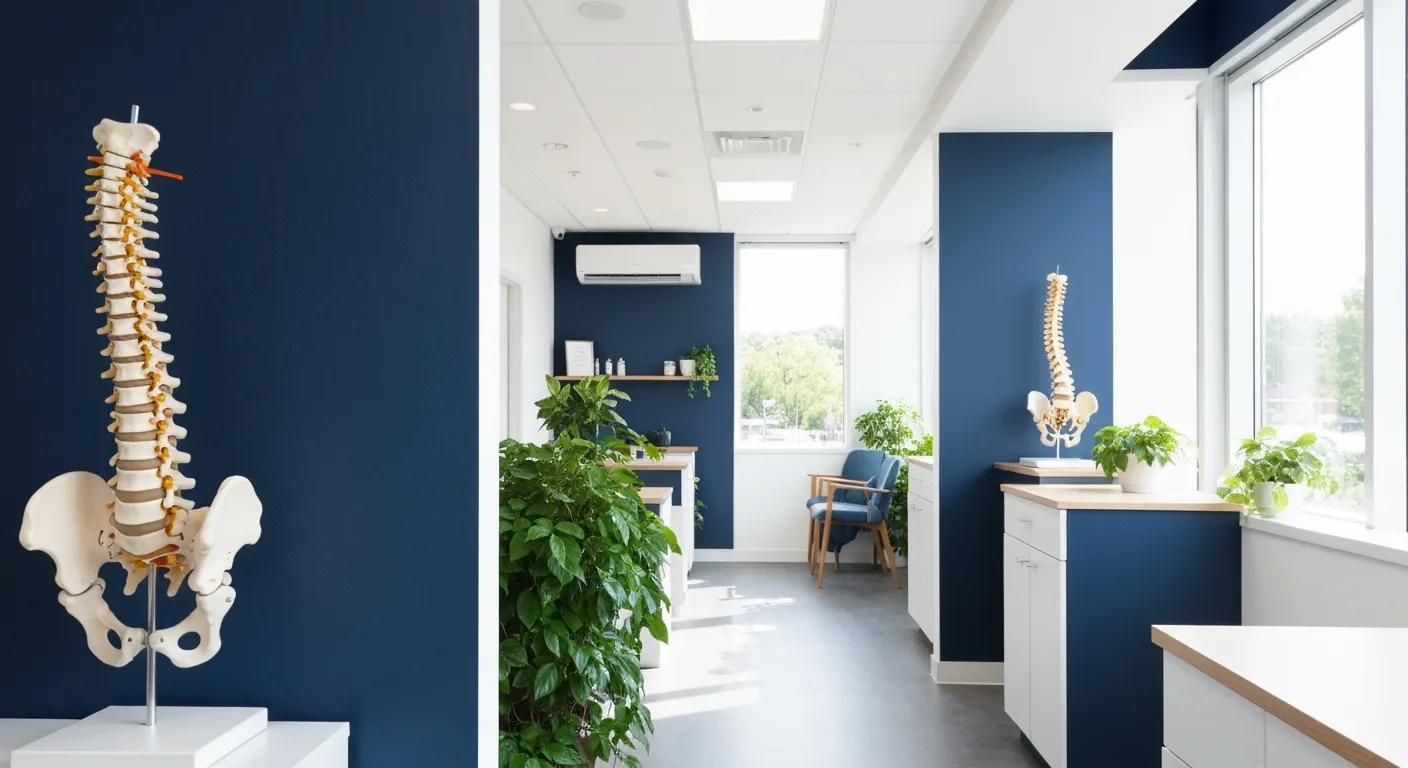
How Nutritional Counseling Supports Overall Wellness and Spine Health
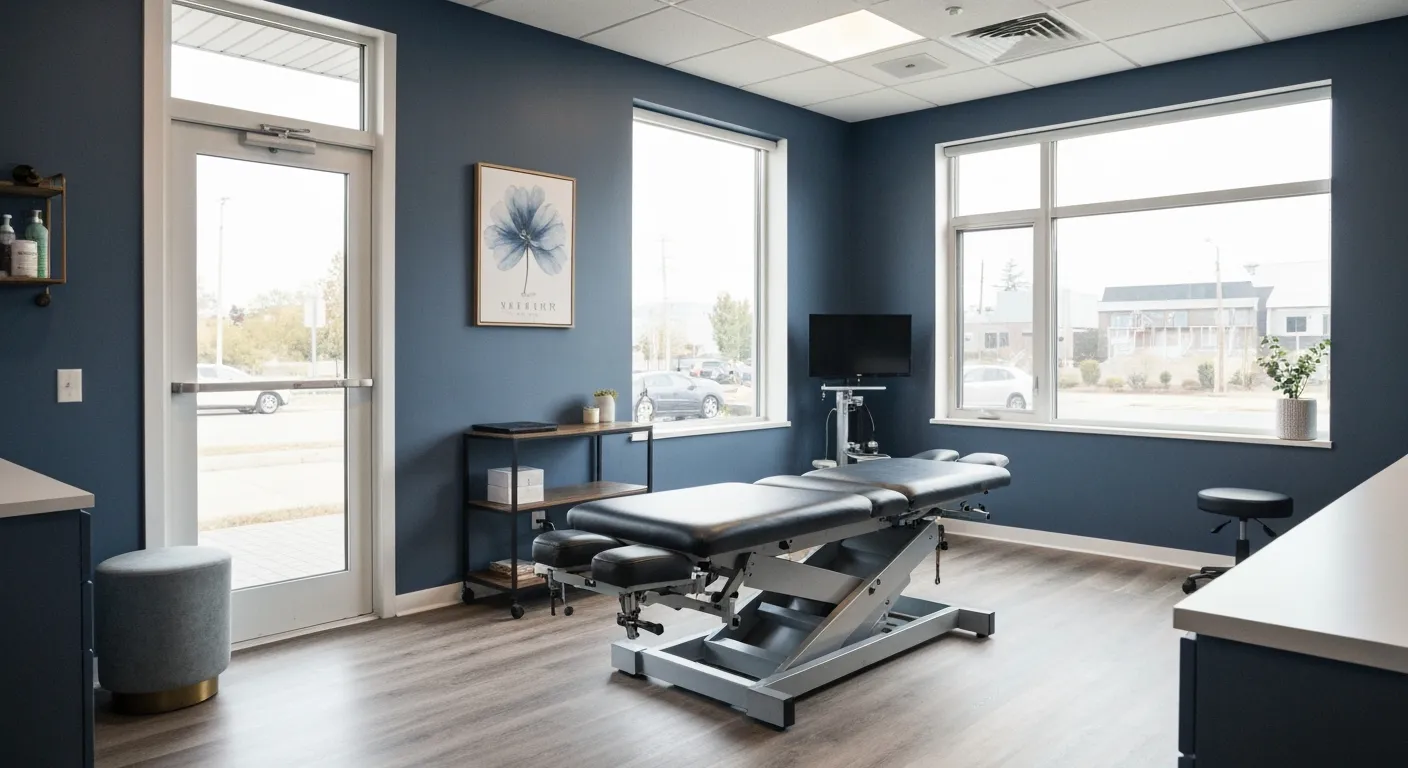
Step-by-Step Guide to Your First Visit with a Chiropractor

Using Nutrition to Support Chiropractic and Overall Wellness

Integrating Physiotherapy in Your Chiropractic Healing Journey

How Physiotherapy Complements Chiropractic Adjustments for Faster Healing

Lifestyle Tips for Maintaining a Healthy Spine and Preventing Back Pain

Heartwarming Patient Testimonials Highlighting Chiropractic Success

How Proper Nutrition Supports Chiropractic and Physiotherapy Treatments

Combining Physiotherapy and Chiropractic Treatments for Optimal Recovery

Why Chiropractic Treatments Are Effective for Managing Back Pain

Choosing a Chiropractor: Tips for Finding a Trusted Provider

Integrating Physiotherapy and Chiropractic: Benefits and What to Expect

How Tailored Corrective Exercises Can Aid in Pain Management

Chiropractic Care: A Proven Solution for Alleviating Back Pain

What to Expect at Your First Chiropractic Visit: A Comprehensive Guide

The Importance of Root Cause Analysis in Effective Pain Management
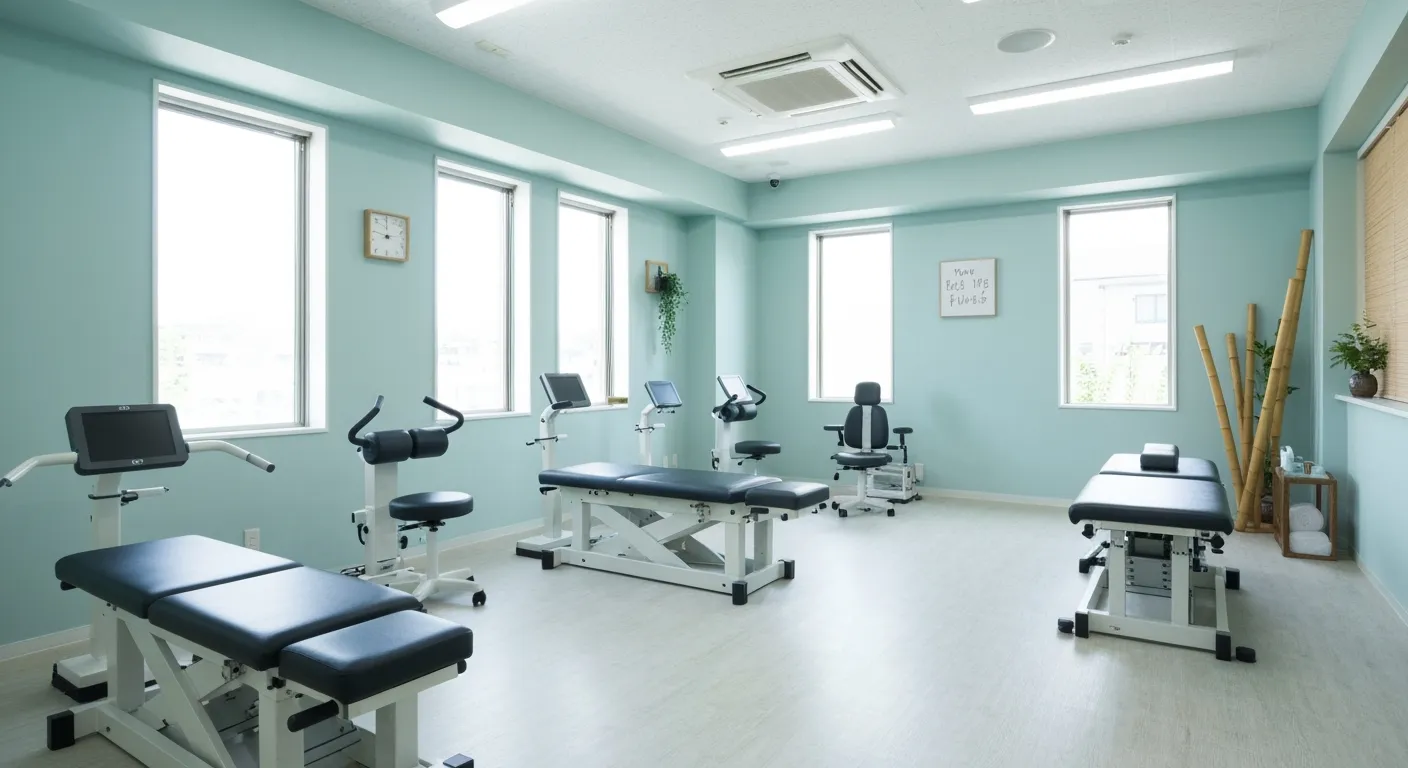
The Role of Corrective Exercises in Sustaining Pain-Free Living

Combining Chiropractic and Physiotherapy for Comprehensive Pain Relief

How Addressing Underlying Causes Improves Pain Treatment Effectiveness
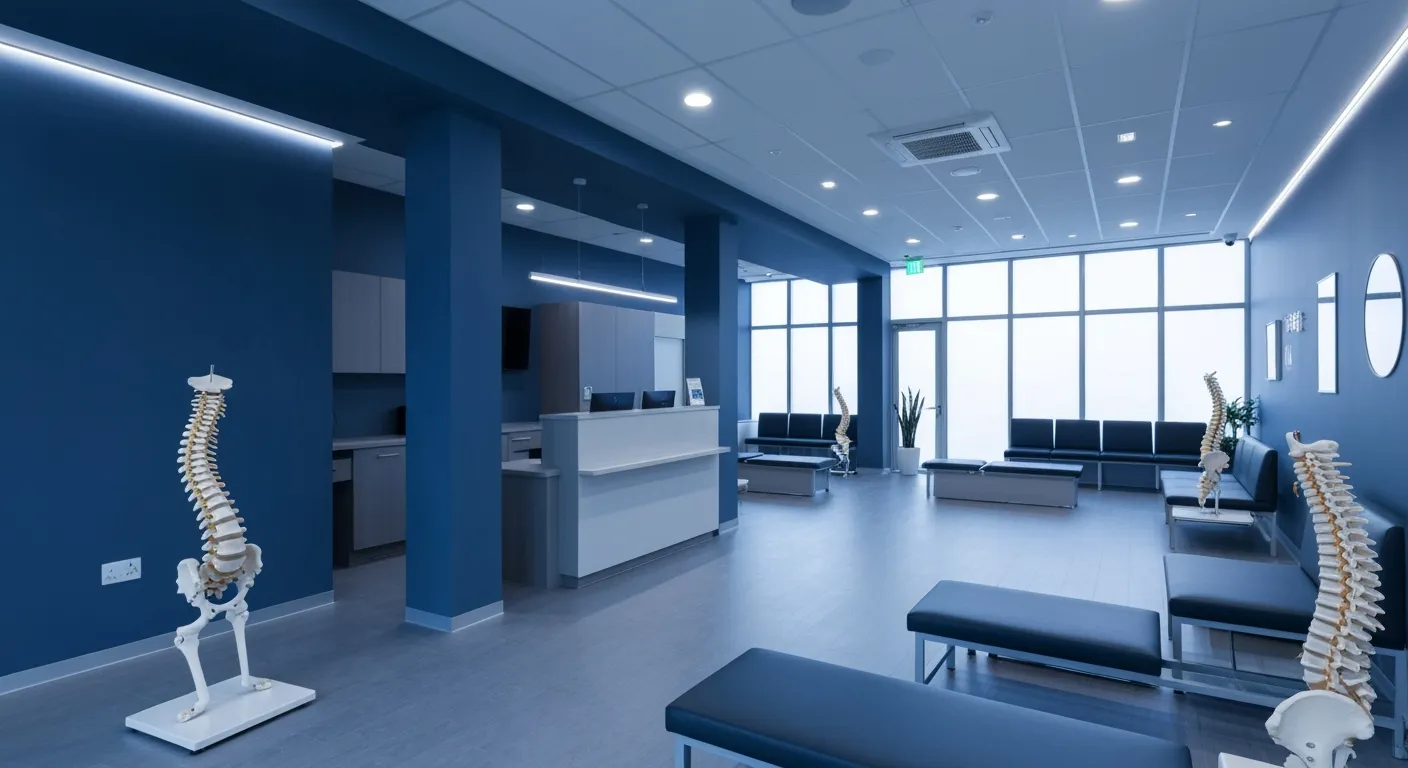
Maintaining Spinal Health Through Lifestyle Changes and Preventive Care

Understanding the Benefits of Chiropractic Adjustments for Back Pain Sufferers

Spinal Decompression Therapy: A New Hope for Sciatica Relief

Lifestyle Recommendations to Support a Healthy Spine and Reduce Pain

Choosing the Right Chiropractor: Key Factors to Consider Before Your First Appointment

Non-Invasive Treatment Alternatives: A Holistic Approach to Pain Relief

Corrective Exercises to Support Long-Term Relief from Chronic Pain

Exploring Non-Surgical Approaches to Spine Health and Wellness

Tips for Daily Habits That Keep Your Spine Strong

Success Stories: How Chiropractic Treatments Changed Lives

Why Focusing on the Root Cause of Pain Leads to Better Outcomes

Nutritional Counseling and Its Impact on Overall Wellness and Recovery

Patient Testimonials That Showcase the Power of Chiropractic Care

Preparing for Your First Chiropractic Appointment: What You Need to Know

Holistic Treatment Options: Beyond Surgery for Pain Relief
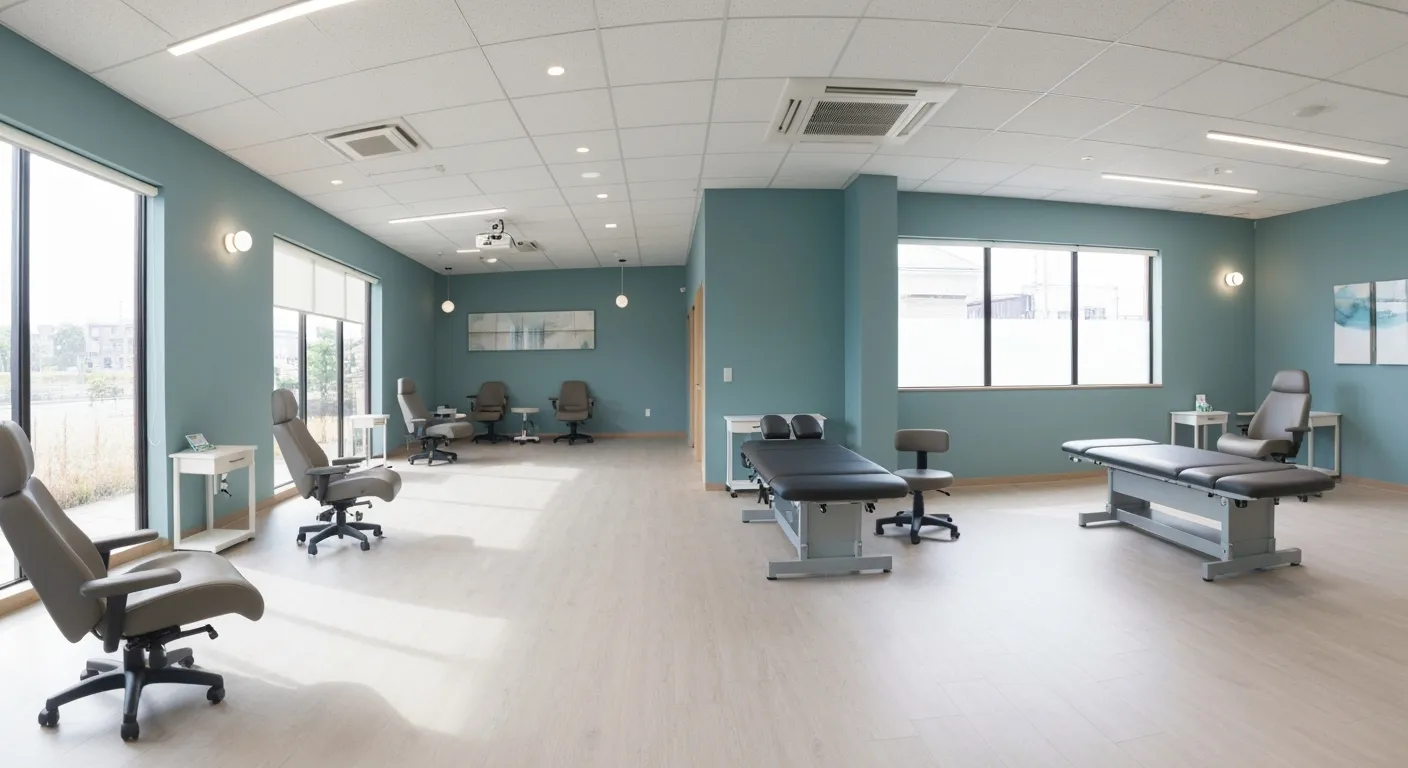
Holistic Pain Relief Methods That Avoid Surgery

Nutritional Strategies for Supporting Spine Health and Recovery

First Chiropractic Visit: What Happens and How to Prepare

Chiropractic Patient Success Stories: Inspiring Journeys to Wellness

Effectiveness of Spinal Decompression Therapy in Managing Sciatic Nerve Pain

Addressing Pain at Its Source: Why Treating the Root Cause Matters

Corrective Exercise Programs Designed for Long-Term Pain Prevention

Healthy Lifestyle Advice for Maintaining Spinal Alignment
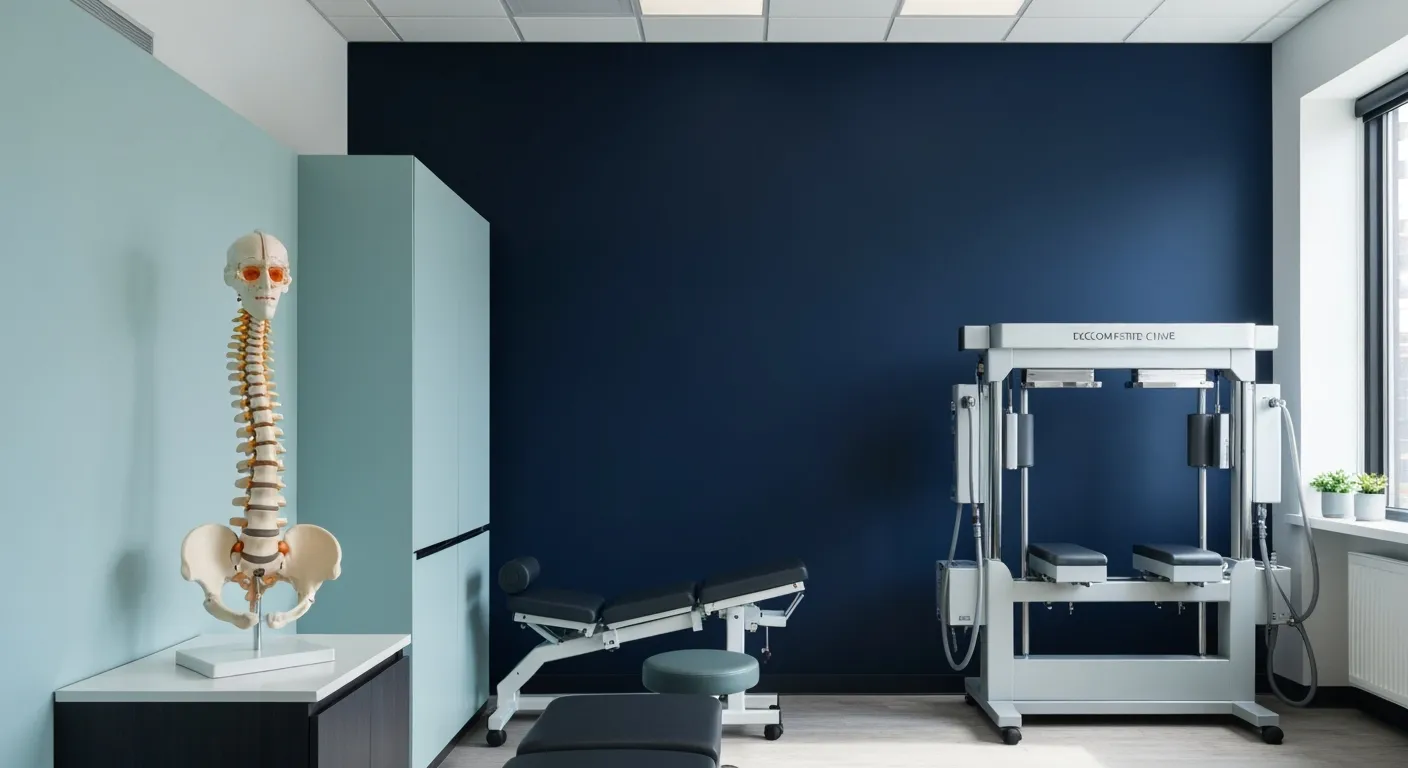
Understanding Spinal Decompression as a Treatment for Sciatica Pain
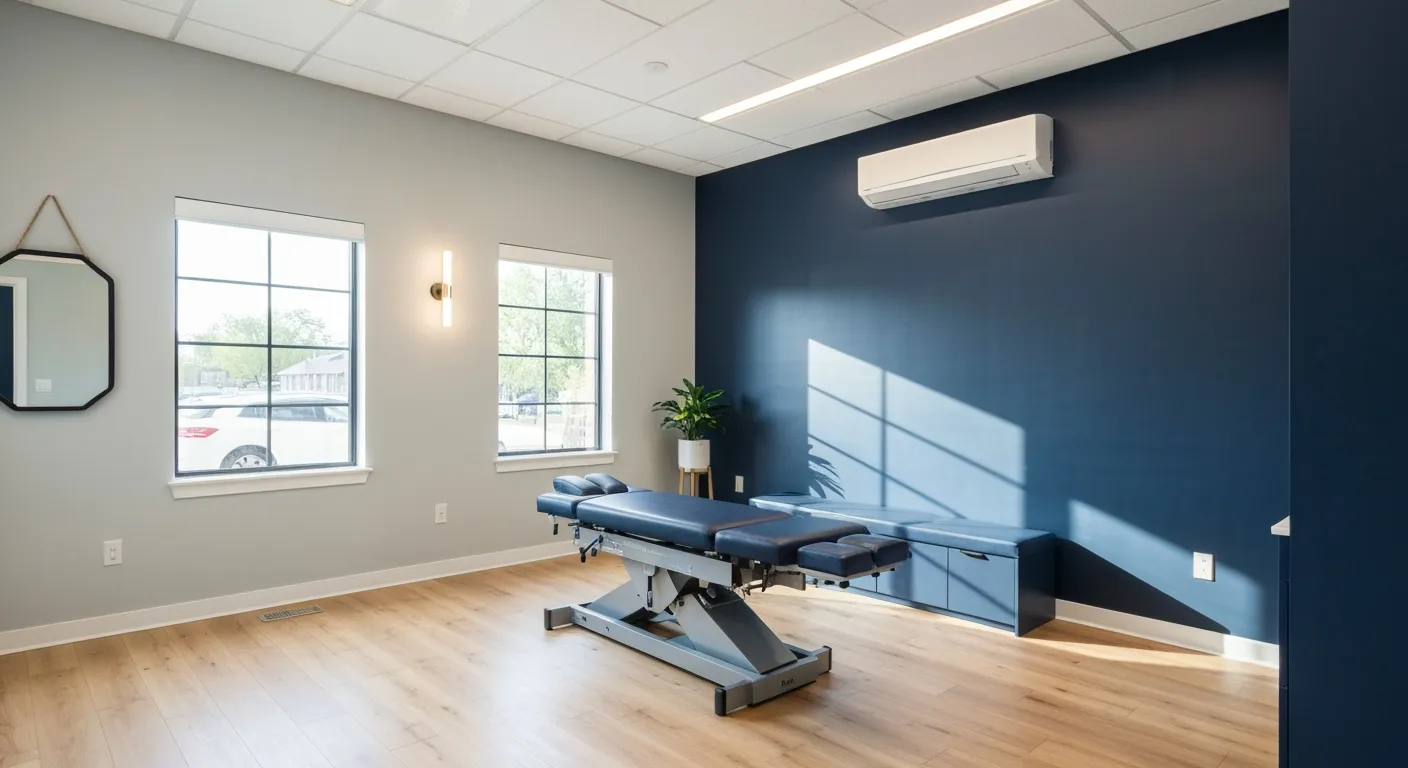
Benefits of Chiropractic Care Specifically for Back Pain Relief

Understanding Gait Analysis in Physiotherapy
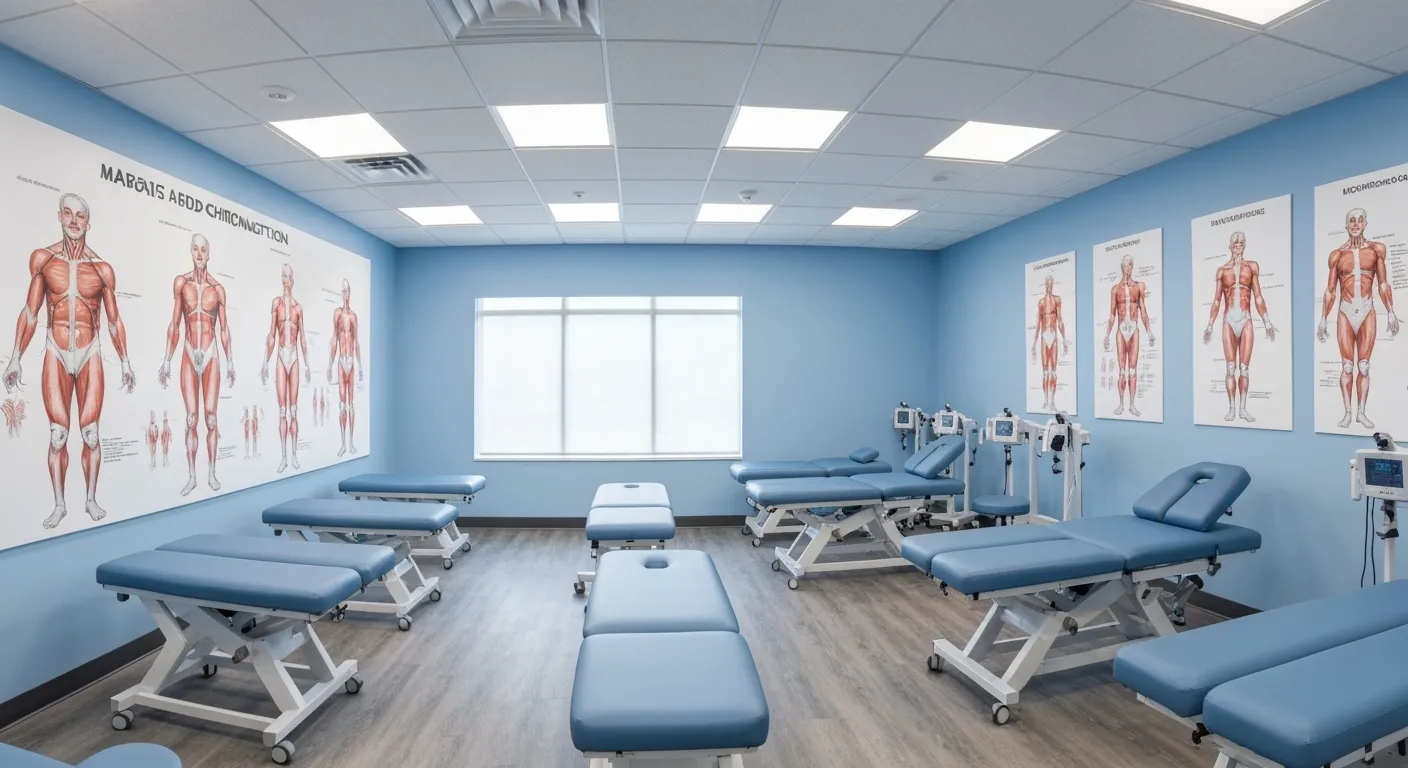
The Difference Between Muscle Soreness and Dysfunction

Workplace Stress Statistics: How Muscle Tension Impacts Productivity

How Physiotherapy Improves Mobility for Seniors

How to Communicate Pain Levels to Your Therapist Effectively

Physiotherapy Interventions for Balance and Fall Prevention

How Physiotherapy Helps Post-Surgical Recovery

